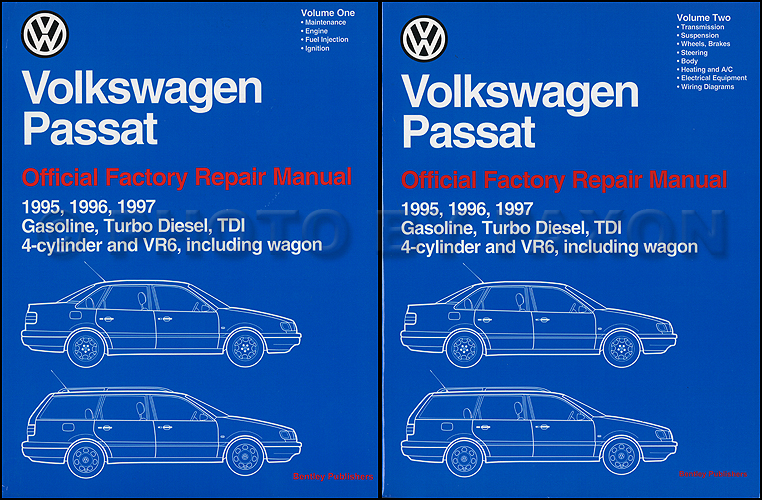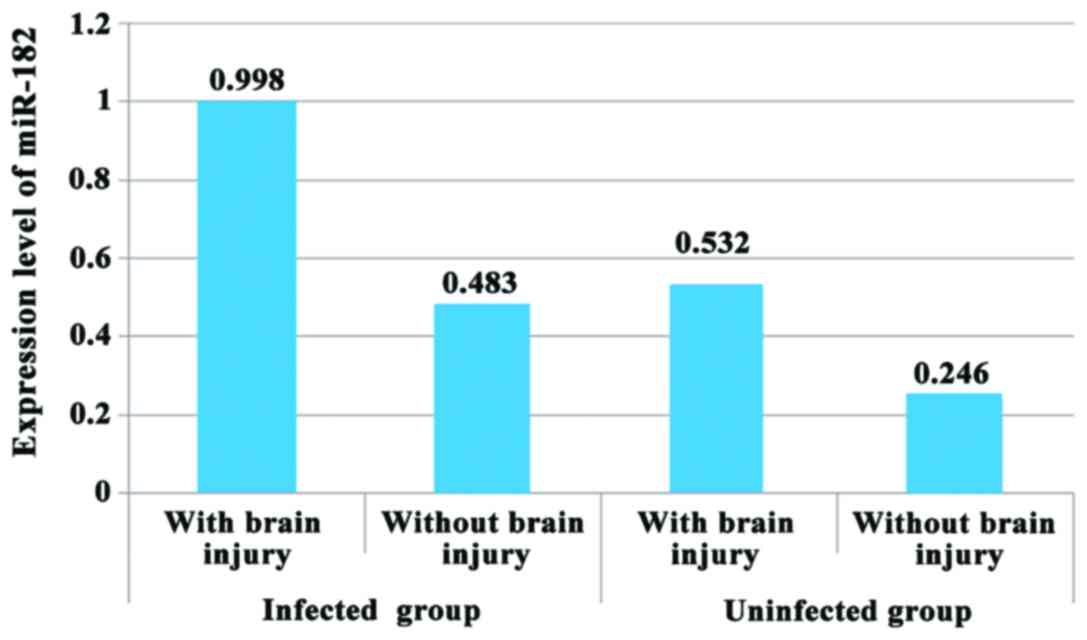Fluid 2.0 (1905)
Download PDF
Find Fluid Coolers with 14.000 in.-14.999 in. Overall Width Range (in), Tube and fin Cooler Construction and Transmission fluid Fluid Type and get Free Shipping on Orders Over $99 at Summit Racing! This site displays a prototype of a “Web 2.0” version of the daily Federal Register. And an actual length (measured from its longest point) of 11 inches (279.4 mm) to 75 inches (1,905.0 mm); and (2) strings of fluid end blocks with an actual height (measured from its highest point) of 8 inches (203.2 mm) to 40 inches (1,016.0 mm), an.
Abstract: Engineering simulators used for steady-state multiphase pipe flows arecommonly utilized to predict pressure drop. Such simulators are typically basedon either empirical correlations or first-principles mechanistic models. Thesimulators allow evaluating the pressure drop in multiphase pipe flow withacceptable accuracy. However, the only shortcoming of these correlations andmechanistic models is their applicability. In order to extend the applicabilityand the accuracy of the existing accessible methods, a method of pressure dropcalculation in the pipeline is proposed. The method is based on wellsegmentation and calculation of the pressure gradient in each segment usingthree surrogate models based on Machine Learning algorithms trained on arepresentative lab data set from the open literature. The first model predictsthe value of a liquid holdup in the segment, the second one determines the flowpattern, and the third one is used to estimate the pressure gradient. To buildthese models, several ML algorithms are trained such as Random Forest, GradientBoosting Decision Trees, Support Vector Machine, and Artificial Neural Network,and their predictive abilities are cross-compared. The proposed method forpressure gradient calculation yields $R^2 = 0.95$ by using the GradientBoosting algorithm as compared with $R^2 = 0.92$ in case of Mukherjee and Brillcorrelation and $R^2 = 0.91$ when a combination of Ansari and Xiao mechanisticmodels is utilized. The method for pressure drop prediction is also validatedon three real field cases. Validation indicates that the proposed model yieldsthe following coefficients of determination: $R^2 = 0.806, 0.815$ and 0.99 ascompared with the highest values obtained by commonly used techniques: $R^2 =0.82$ (Beggs and Brill correlation), $R^2 = 0.823$ (Mukherjee and Brillcorrelation) and $R^2 = 0.98$ (Beggs and Brill correlation).
Submission history
Fluid 2.0 (1905) 4
 From: Evgenii Kanin [view email]
From: Evgenii Kanin [view email] [v1]
 Thu, 23 May 2019 16:08:57 UTC (1,918 KB)
Thu, 23 May 2019 16:08:57 UTC (1,918 KB)Full-text links:

Download:
Current browse context:
< prev | next >
Change to browse by:
cs
cs.LG
physics
physics.comp-ph
physics.flu-dyn
cs.LG
physics
physics.comp-ph
physics.flu-dyn
References & Citations
- INSPIRE HEP
(refers to | cited by )
Fluid 2.0 (1905) Download
Which authors of this paper are endorsers? | Disable MathJax (What is MathJax?) Browse v0.2.9 released 2020-02-21